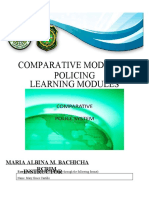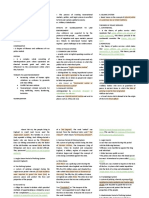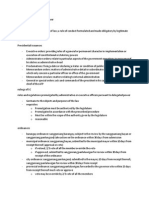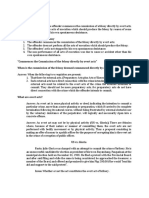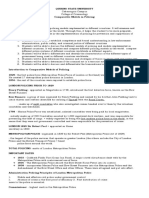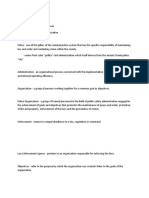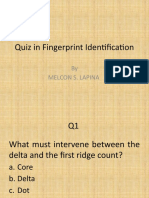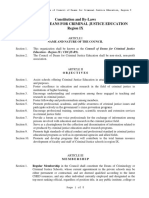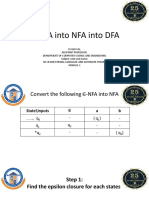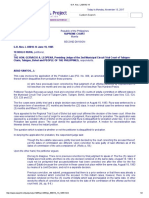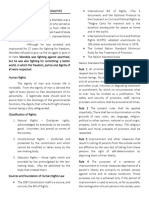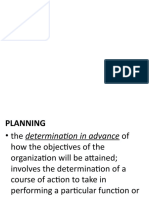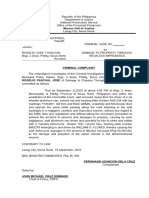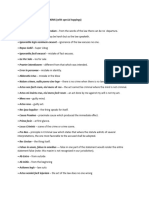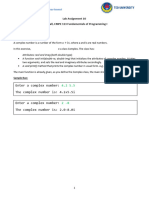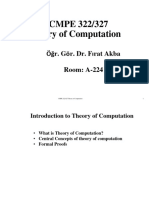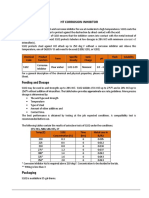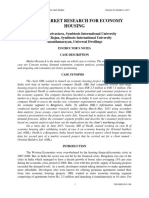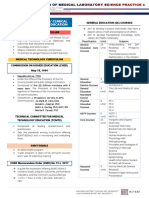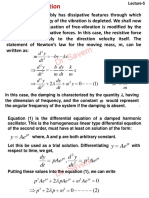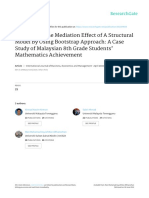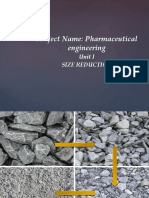100% found this document useful (1 vote)
324 views24 pagesDFA Minimization
The document discusses DFA minimization using the Myhill-Nerode method. It explains that equivalent states in a DFA behave identically for all input strings. The table filling algorithm is used to find equivalence classes of states that can be merged to obtain a minimal DFA with the minimum number of states that accepts the same language. The algorithm works by iteratively marking states as distinguishable until no new distinctions are found. The minimized DFA is checked against alternatives to ensure it has the fewest possible states.
Uploaded by
Arda BaranCopyright
© © All Rights Reserved
We take content rights seriously. If you suspect this is your content, claim it here.
Available Formats
Download as PDF, TXT or read online on Scribd
100% found this document useful (1 vote)
324 views24 pagesDFA Minimization
The document discusses DFA minimization using the Myhill-Nerode method. It explains that equivalent states in a DFA behave identically for all input strings. The table filling algorithm is used to find equivalence classes of states that can be merged to obtain a minimal DFA with the minimum number of states that accepts the same language. The algorithm works by iteratively marking states as distinguishable until no new distinctions are found. The minimized DFA is checked against alternatives to ensure it has the fewest possible states.
Uploaded by
Arda BaranCopyright
© © All Rights Reserved
We take content rights seriously. If you suspect this is your content, claim it here.
Available Formats
Download as PDF, TXT or read online on Scribd
/ 24

